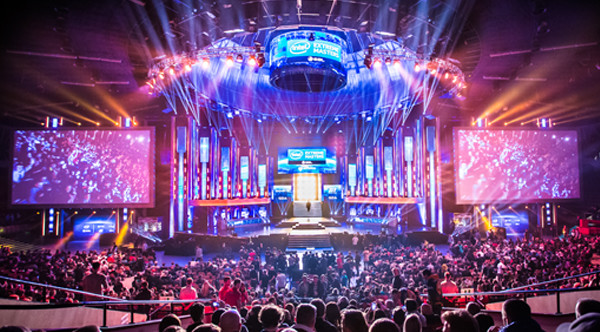Changes To Expect in Esports Within the Next 5 Years


In the last 10-15 years, the esports industry has exploded. Games such as League of Legends and Fortnite are famous globally, having cemented themselves firmly at the heart of the mainstream and public consciousness. For example, players such as Harry Pearson (Veno) have become internationally recognized; Pearson was the top player in the UK in 2022 and earned over $300,000, according to Statista.
Whilst the concept of playing and watching esports may be alien to a large part of the population, clearly esports has continued to develop, and more and more trends are emerging. But what are we likely to see within the esports industry over the next five years?
Gambling
The gambling industry is constantly on the lookout for new ways to maximise its revenue. To do so, they look to diversify their product line. For example, some companies have developed new betting products like dedicated bingo apps to sit alongside their existing offerings. Apps like these contain a range of themed and formatted bingo games for players to enjoy. This same strategy can be seen in relation to the esports industry.
Multiple companies have developed dedicated esports betting apps, which allow gamblers to bet on real-money and fixed-odds markets, similar to markets offered for football, rugby or other sports.
Moreover, we can see further influence from betting companies in the shape of team sponsorship with companies from China, the USA and the UK, sponsoring teams for millions. Moving forward, as the gambling and esports industries become more intertwined, we can expect to see even more money invested and an increase in betting markets in the coming years.
Virtual Reality
Augmented, or virtual reality, is affecting most industries and the esports industry is no different. As it has developed, players have come to expect a more immersive experience. The development of VR can already be seen in some games like ‘Onward’ for the Oculus Quest 2, the multiplayer shooter game and the next few years are expected to offer further advancements. This may see esports spectators have a more interactive experience or even more development regarding immersion on the player side.
Increase in Female Players
According to playtoday.co, only 5% of esports players were female in 2019. Some forward steps have been made in relation to this in recent years. For example, Formula 1 created an Esports Series Women’s Wildcard. This means that one female will be guaranteed a place in the competition and to play at the top level. It is hoped that initiatives like this make esports an industry with a more equal split between males and females. This should help the industry to grow and make it more marketable globally.
The esports industry is growing at a very fast rate. By 2027, the UK market is expected to grow by $77 million in total. In countries such as Korea, 60,000-seater stadiums have been filled with people watching their favourite players play while the same country will host this year’s World Cyber Games. Nothing on this scale has been organised in the UK yet but it is only a matter of time. With continued support from the British Esports Foundation as well as a growing number of sponsors growth looks like it will continue and as it does more trends will emerge.












